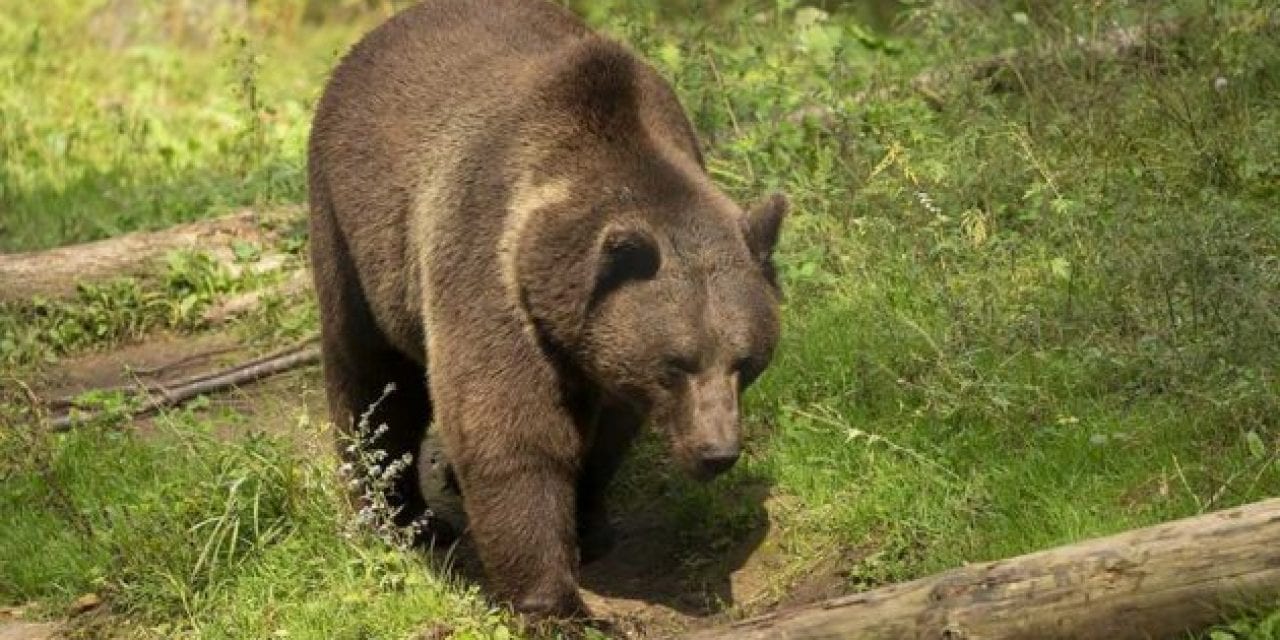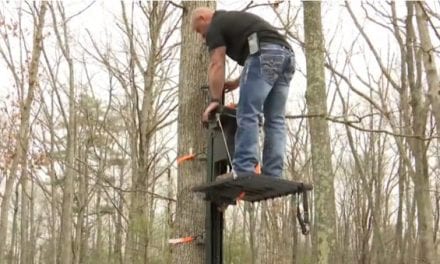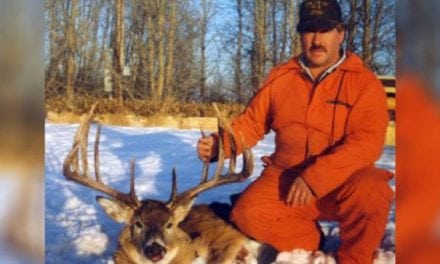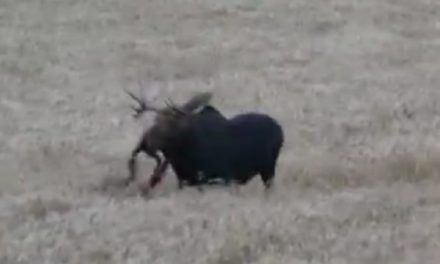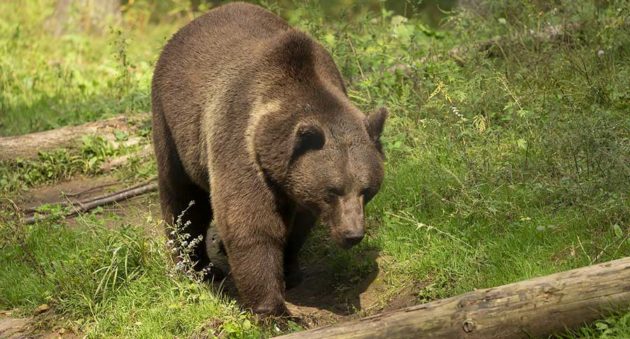
Scientists say grizzlies unaffected by elk hunting.
Grand Teton National Park’s controversial elk hunt just had some more fuel added to the fires with an announcement by wildlife officials that grizzly bears aren’t drawn in by the hunts.
Critics of the hunt have often claimed an increase in elk carcasses or leftover gut piles and other parts may attract more bears to the area. But according to the Laramie Boomerang, the Interagency Grizzly Bear Study Team reports new data from a recent study shows most bears are in hibernation by the time the season begins.
While the study found the few bears that aren’t hibernating might take advantage of gut piles and parts left by hunters, for the most part, the heaviest bear movements in the hunting areas occurred in the offseason.
“Contrary to our research hypothesis, temporary movements into the study area occurred between the July-August (no hunt) and September-October (no hunt) primary periods each year rather than during the transition from September-October (no hunt) to November-December (hunt),” the team’s study reads.
The study was headed by Frank Van Manen and was done at the request of park officials. It’s understandable. Bear-hunter self-defense encounters were responsible for 28 percent of all grizzly bears killed by humans over the last 15 years according to the paper.
Not that grizzlies aren’t drawn to an increase in gut piles and unrecovered carcasses from hunting. The paper also reports previous studies by the National Park Service and U.S. Geological Survey turned up evidence grizzlies were drawn to the Bridger-Teton National Forest’s Teton Wilderness during deer and elk season.
However, that data also came from an earlier season hunt and not the Grand Teton hunt, which began on November 2 and closed on December 8. The National Parks Service has stopped referring to the limited season as a “hunt” anymore and instead refers to it as their “elk reduction program.”
In case you’ve never heard of this program before, it has been scaled back significantly over the years. This season, only 375 permits were given out. Only cows are legal, and hunters are subject to restrictions on use of non-lead ammo only. Hunters also can’t use calls or carry more than seven rounds at a time.
The Jackson Hole News and Guide reported back in November that the hunt was especially slow this year because many elk were late moving into the areas they could be hunted. This is part of a trend and biologists believe it may be the elk herd responding to the pressure of the Teton hunt.
For more outdoor content from Travis Smola, be sure to follow him on Twitter and check out his Geocaching and Outdoors with Travis Youtube channels.
NEXT: TEXAS IS STILL LOSING THE WAR ON FERAL HOGS
WATCH
The post No, Grand Teton Elk Hunt Does Not Attract Grizzlies, Study Concludes appeared first on Wide Open Spaces.

